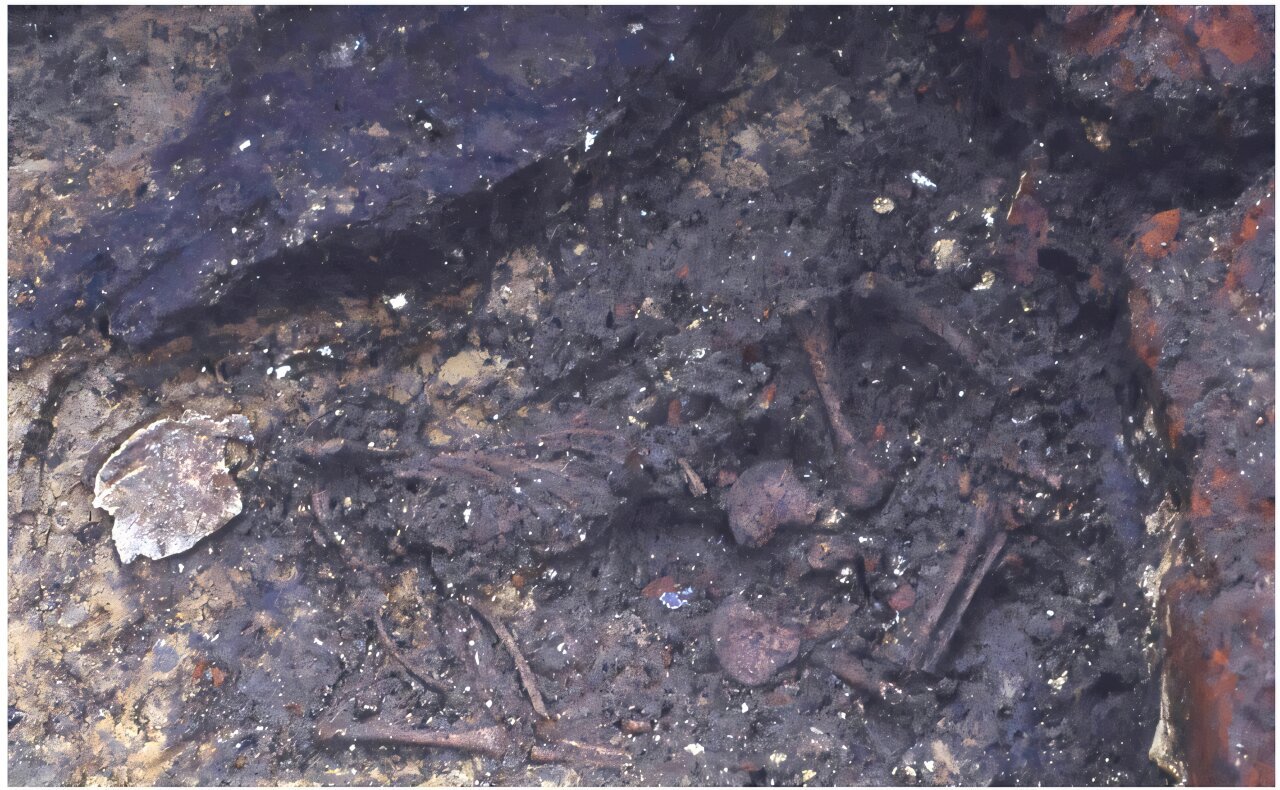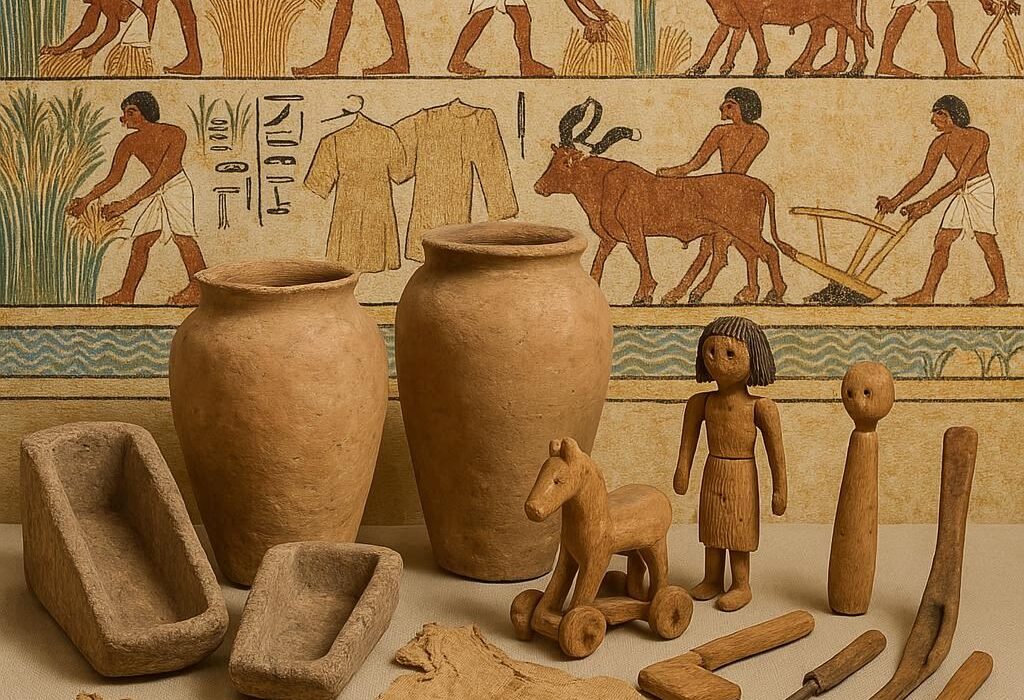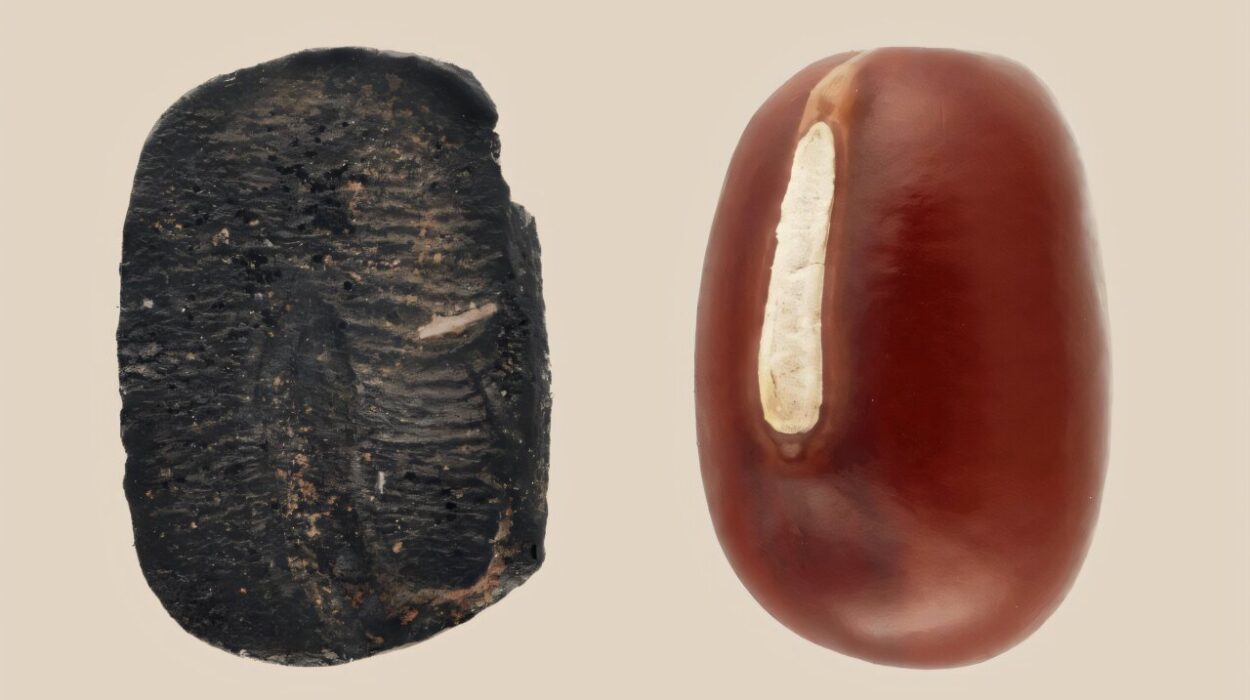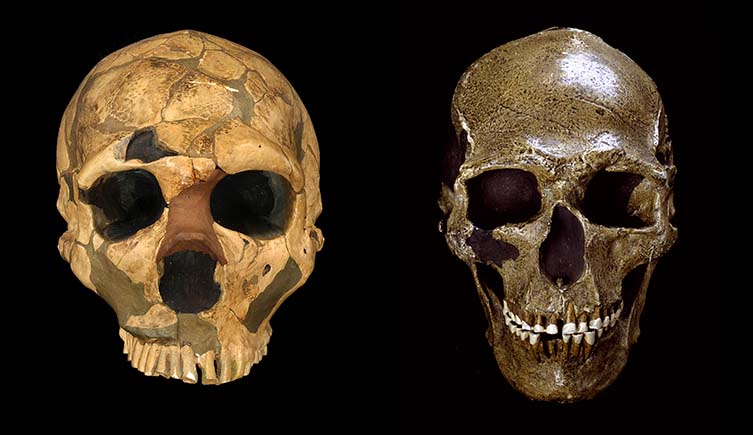In the heart of Aalst, Belgium, not far from where beer-soaked festivals now flood the cobbled streets, an excavation in 1998 unearthed a mystery older than memory—quiet, hidden beneath centuries of stone and silt. What archaeologists uncovered was a 14th-century brothel, a rare and evocative find in itself. But in the loamy soil beneath the floor of this long-forgotten bathhouse-turned-brothel, they discovered something even more startling: the tiny, fragile skeleton of a three-month-old child.
For nearly twenty years, the child’s bones remained a silent artifact of the past—an echo of a life cut short and a mystery left unanswered. Who was this infant? Why was he buried in a brothel? And what did his burial say about the lives of the women who worked within these walls?
These questions, shrouded in centuries of taboo and assumption, are now being answered with modern science. Thanks to the meticulous work of Dr. Maxime Poulain and her team—Céline Bon and Jessica Palmer—the child is no longer merely a historical footnote. Through ancient DNA sequencing and stable isotope analysis, their research, published in Archaeological and Anthropological Sciences, breathes new life into a long-silenced story and challenges deeply entrenched narratives about medieval prostitution and the women who inhabited it.
The Medieval Stew: More Than a Bathhouse
The structure excavated in Aalst in 1998 was no ordinary medieval building. Archaeologists identified it as the Nederstove, a name found in historical records referring to a stew—medieval parlance for a public bathhouse. But in the Low Countries, “stews” were often more than just places to get clean. These heated sanctuaries, with their steam and relative privacy, doubled as brothels. Aalst was no exception.
The Nederstove featured two keyhole-shaped ovens for heating bathwater and a hearth in the adjacent room—a hallmark of these dual-purpose establishments. Confirming its identity was a rare historical policy document in which Aalst authorities expressed tolerance for prostitution in stew houses. Other records from the town even list names of women working in such bathhouses, as well as the surprising number of beds some contained—up to sixteen.
While brothels are commonly mentioned in medieval documents, those accounts rarely touch upon the lives of the women within. And when they do, the tone is often punitive, linking them to abortion, infanticide, or sin. Material evidence of the everyday experiences of these women remains scarce, partly because the objects found—ceramics, hairpins, and the like—are unremarkable, and indistinguishable from domestic sites or taverns.
As Dr. Poulain notes, “The lack of clear material evidence for brothels remains a major obstacle to studying these establishments. Drinking vessels or gaming pieces alone don’t make a brothel. They make a tavern, a home, a place where people lived.”
But a burial beneath the brothel floor? That was different.
A Baby Buried in Secret
The presence of the infant’s remains immediately raised uncomfortable questions. Infants are not commonly buried inside buildings in late-medieval Europe. By the 14th century, the Christian tradition of cemetery burial was deeply entrenched. Churches had jurisdiction over the dead, and even the poorest members of society typically sought consecrated ground for burial. The practice of burying children inside homes had become virtually extinct—especially in urban centers like Aalst.
What, then, was this child doing here, under the hearth, beneath the feet of sex workers?
Initial assumptions veered toward infanticide—a common accusation historically leveled against sex workers. Numerous medieval court records recount women accused, tried, and sometimes executed for the secret killing of newborns, particularly illegitimate ones. Within this cultural context, it’s not difficult to imagine why suspicion might fall upon a brothel where a child’s bones were found.
But unlike many of those tragic tales, this child had lived. For three months, he had breathed, suckled, and likely been held close to a mother who cared for him. Stable isotope analysis of the infant’s bones told a clear story: he had been well-fed. Breastfeeding had been consistent. His tiny frame showed no signs of neglect.
Ancient DNA analysis further confirmed that the child was male and that he did not die from bacterial infections like the plague, tuberculosis, or cholera. His bones bore no evidence of trauma—no bruises, no broken ribs, no signs of suffocation. In other words, the science pointed away from murder.
What it did point to was a far more familiar culprit in medieval times: illness.
The Fragility of Life in the Middle Ages
Infant mortality in the 14th century was staggeringly high—around 30% of children died before their first birthday. The precise cause of this particular child’s death may never be known, but viral infections remain a strong possibility. Such diseases, common and lethal in the Middle Ages, are largely invisible to osteological analysis. They do not leave marks on bones and cannot be detected in ancient DNA tests as easily as bacterial illnesses.
Furthermore, the infant’s gender added another layer of risk. Male infants, both in medieval times and today, have statistically higher mortality rates than females, likely due to differences in immune system maturity and resilience. The child’s death, then, was not extraordinary. It was heartbreakingly common.
What made this case extraordinary was what came after his death.
Why Not the Churchyard?
If the child died of natural causes, why wasn’t he buried in the churchyard like other children?
Dr. Poulain and her team explored several hypotheses. One possibility was that the infant had not been baptized. In medieval Christian doctrine, unbaptized infants could not be buried in consecrated ground—a belief rooted in the concept of original sin and the theological need for redemption through baptism.
Yet, baptism was typically administered within days of birth. And in dire situations, even laypeople—including the mother or brothel keeper—could perform emergency baptisms. It seems unlikely that a mother who had nurtured her child for three months would have neglected this crucial rite.
Another explanation lies in poverty. Burials, even modest ones, cost money—candles, prayers, a coffin, a grave. In the 16th century, the cheapest burial still amounted to six days’ wages for an unskilled laborer. Perhaps the mother lacked the funds and the support network to afford a proper funeral. But even then, many parents secretly buried children in cemeteries or nearby churchyards under cover of night. Why not here?
A Hearth of Memory and Meaning
Perhaps the most moving interpretation is symbolic. The child was buried near the hearth—an ancient, almost sacred place in both life and folklore. The hearth was the heart of the home, the locus of warmth and nourishment, and in some beliefs, a threshold between this world and the next.
Medieval folklore is rich with stories of spirits lingering near hearths, of souls finding comfort in the fireside glow. Burying a child in such a place may have been an act of desperate love—a mother’s final attempt to keep her child close, to warm him in death as she had in life.
It is a powerful image: a woman, perhaps working in the margins of society, stigmatized and unseen, kneeling beside the fire, laying her child to rest beneath her feet. No priests, no gravestones, just a tender hope that the soul might stay close, cradled by memory and firelight.
Uncovering the Hidden Lives of Women
This burial forces us to reconsider how we view medieval sex workers—not as criminals or caricatures, but as women navigating extraordinary challenges. The child’s nourishment and care suggest not neglect, but devotion. His burial suggests not sin, but sorrow.
“My analysis of material from another medieval brothel in Douai, France, revealed only ordinary items,” says Dr. Poulain. “But paired with historical sources, we know that these places could be surprisingly luxurious—designed to attract male clientele. They were also spaces inhabited by women, working and surviving in a world that offered them few choices.”
Historical records often erase the emotional lives of such women, reducing them to court cases and punishments. But archaeology gives us glimpses of their humanity. And science, with its ability to coax truth from the dead, can reveal the compassion, the resilience, and the love that persisted even in marginalized spaces.
The Future of Brothel Archaeology
Dr. Poulain’s work is not finished. She is now examining skeletal remains from a red-light district in medieval Bruges, comparing disease patterns with other areas of the city. Her team also hopes to return to the Aalst site to study environmental remains preserved in the loam floor—potentially unearthing pollen, parasites, or chemical residues that could speak volumes about daily life in the Nederstove.
By combining hard science with historical insight, Poulain’s research pushes beyond the simplistic narratives of shame and secrecy that often surround sex work. Instead, it opens a more complex, more human story—one in which women loved, worked, mothered, and mourned within spaces that history had long tried to erase.
A Silent Testament, A Lasting Story
The child beneath the floor of the Aalst brothel may never have had a name that history recorded, but he is no longer forgotten. In life, he was nourished. In death, he was placed lovingly beside a hearth. And through science and scholarship, his tiny bones now speak—a voice from the medieval past telling a story not of scandal, but of care.
Through him, we glimpse a mother’s grief, a society’s contradictions, and the resilience of women who endured in the shadows of history. And perhaps, in telling his story, we also begin to restore dignity to the many who lived and died unseen.
Reference: Maxime Poulain et al, Born in a brothel: new perspectives on childcare with medieval sex workers, Archaeological and Anthropological Sciences (2025). DOI: 10.1007/s12520-025-02218-2






